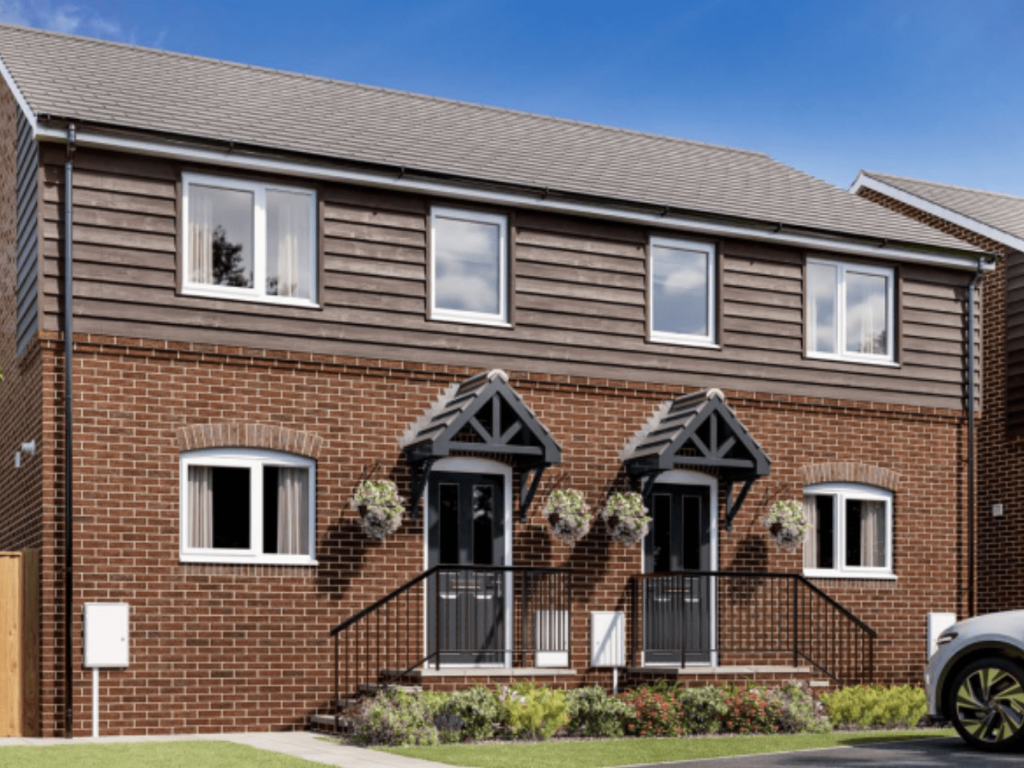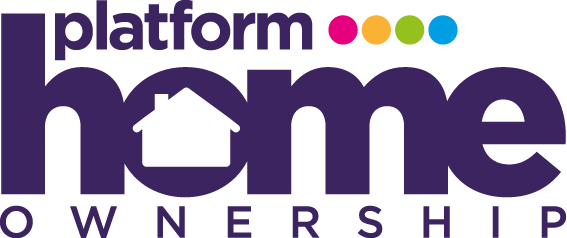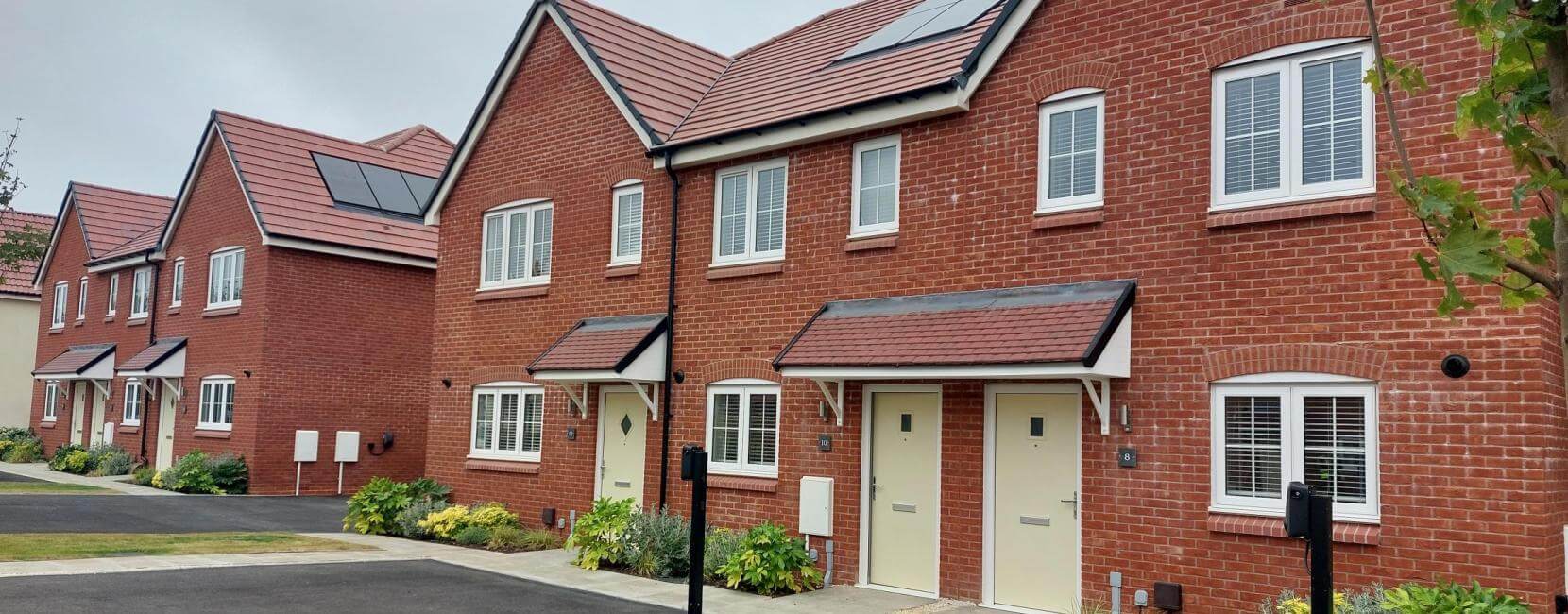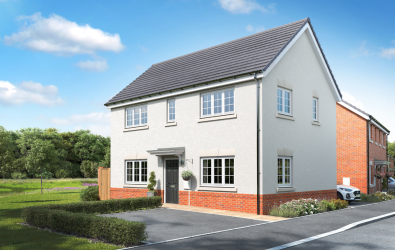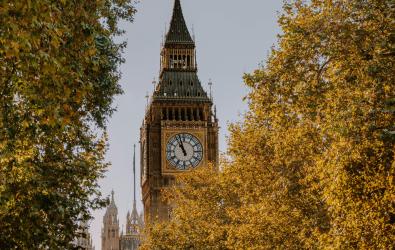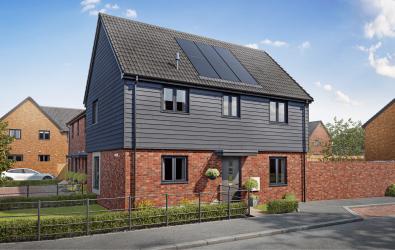One of the most common questions we hear in the property industry is ‘what is freehold vs leasehold’?
It’s something everyone hears when they buy a property and if you’re not clued up on the definition of either, it can be confusing.
In our effort to support property education, here’s a breakdown of what both terms mean and the differences between the two.
What is a Freehold property?
When you buy a ‘freehold property’, you’re buying both the property and the land it’s built on including features such as a garden.
This is the most common way to buy a house in the UK and you’ll typically buy the freehold at the same time as purchasing the home.
With a freehold property you don’t have to worry about leases - which can expire and need to be renewed - as well as ground rent or maintenance fees related to the property and land.
What is a Leasehold property?
If you buy a ‘leasehold property’ you’re buying the property itself but not the land it’s situated on.
Generally, this land will be owned by the freeholder who happens to be selling the property for a specific period of time. While it’s more common in apartments/flats, you can find leasehold houses in the property market.
With a leasehold property, communal spaces such as gardens or hallways are typically the responsibility of the landlord, meaning if there’s any work needed to be done, they’ll do it for you.
In exchange, you’ll generally pay a service charge to cover this alongside the ground rent.
Leaseholds generally last between 125 and 999 years. If you buy a leasehold property, you can extend how long you own it for depending on the leasehold agreement.
What are the differences between freehold and leasehold properties?
There are several key differences between a freehold and a leasehold property as noted below:
Service charges: When you buy a freehold property there are no service charges but you’re responsible for the upkeep of the property. When you buy a leasehold property, the freeholder is responsible for the upkeep but you’ll generally pay ground rent and service charges.
Ownership: With a leasehold property, you own the property for the period of the lease but not the land. With a freehold you own it all.
Remortgaging: When it comes to remortgaging the two types of property there’s several differences. You can remortgage a freehold property with no issues. If you’re remortgaging a leasehold property, lenders generally want to see a minimum of 70 years left on the lease. Any less may impact your ability to remortgage.
Can you buy a freehold as a leaseholder?
A question we get a lot is whether you can buy a freehold as a leaseholder. While it may be possible, this is entirely dependent on the individual circumstances.
You can always ask to buy the freehold from your landlord but there’s no obligation for them to sell. While legislation such as the leasehold reform act is changing guidelines, it’s important to speak to a trained professional such as a conveyancer on whether it’s possible.
Discover homes for sale in Kings Lynn, Norfolk
Ferry View is a development nestled within Kings Lynn, compromising of two and three bedrooms homes for sale through Shared Ownership.
Explore development